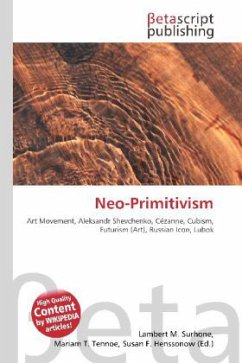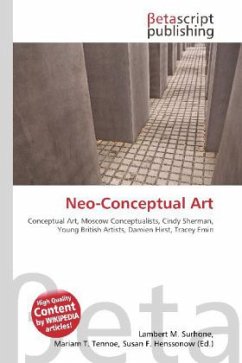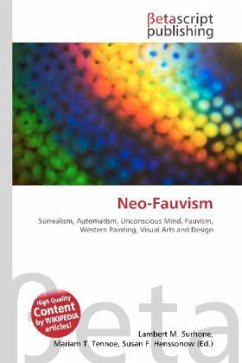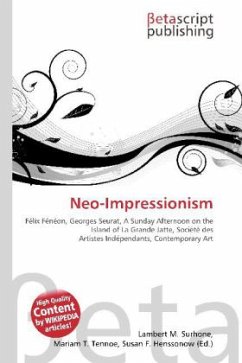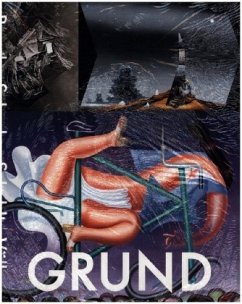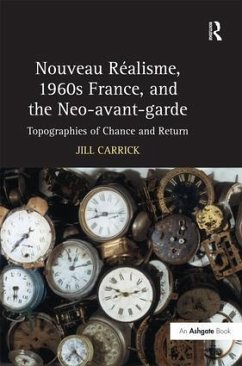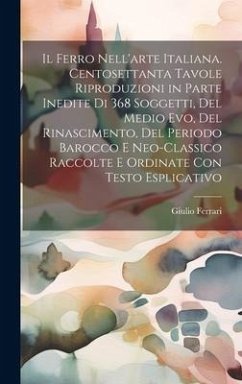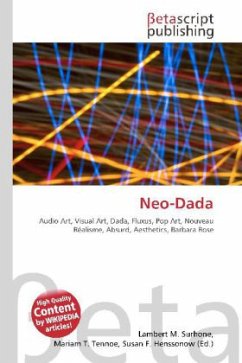
Neo-Dada
Versandkostenfrei!
Versandfertig in 6-10 Tagen
23,99 €
inkl. MwSt.

PAYBACK Punkte
12 °P sammeln!
Please note that the content of this book primarily consists of articles available from Wikipedia or other free sources online. Neo-Dada is a label applied primarily to audio art and visual art that has similarities in method or intent to earlier Dada artwork. It is the foundation of Fluxus, Pop Art and Nouveau réalisme. Neo-Dada is exemplified by its use of modern materials, popular imagery, and absurdist contrast. It also patently denies traditional concepts of aesthetics. The term was popularized by Barbara Rose in the 1960s and refers primarily, although not exclusively, to a group of art...
Please note that the content of this book primarily consists of articles available from Wikipedia or other free sources online. Neo-Dada is a label applied primarily to audio art and visual art that has similarities in method or intent to earlier Dada artwork. It is the foundation of Fluxus, Pop Art and Nouveau réalisme. Neo-Dada is exemplified by its use of modern materials, popular imagery, and absurdist contrast. It also patently denies traditional concepts of aesthetics. The term was popularized by Barbara Rose in the 1960s and refers primarily, although not exclusively, to a group of artwork created in that and the preceding decade. In recent times the term neo-Dadaists has been applied to an international group of artists known as the Kroesos foundation led by Mark Divo. In the winter of 2002 they took over the Cabaret Voltaire in Zurich until they were evicted on March 2, 2002. Artists linked with the term include Andy Warhol, Genpei Akasegawa, Jasper Johns, Yves Klein, Robert Rauschenberg, Claes Oldenburg, Jim Dine, Joe Jones, Yasunao Tone, George Brecht, Robert Watts, Wolf Vostell, Yoko Ono, Walter De Maria, Milan Kní ák, early LaMonte Young and Takehisa Kosugi.



